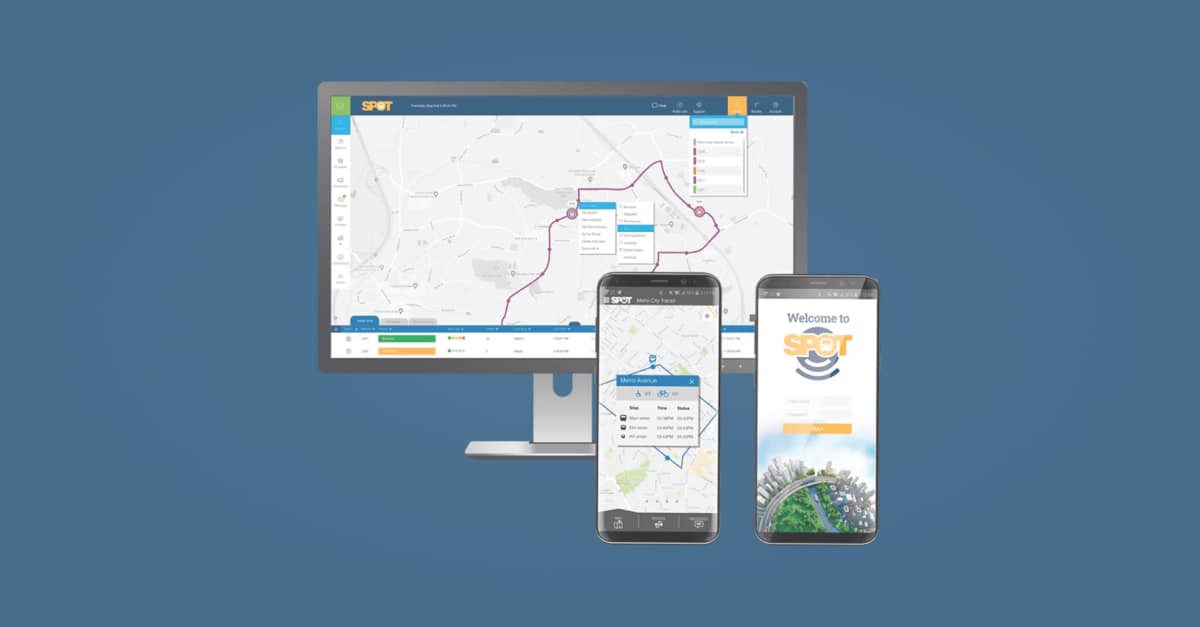Welcome back to our series on GTFS, where we’re unearthing the technological innovations in the data standard. In previous posts, we’ve explored the history of GTFS and its significance, and today, we’re diving deep into a game-changing GTFS extension: the Operational Data Standard (ODS). This extension is propelling public transportation into a new era of non-revenue efficiency.
Transit operators require their scheduling and operational systems to seamlessly work together. This synergy is most effectively attained through the adoption of open standards. Although GTFS has proven highly successful as an open standard, its primary purpose is to disseminate information to transit passengers, which means it lacks vital elements essential for transit providers.
Enter ODS, a pioneering proposal for a fresh open standard specifically tailored to address the intricacies of deadheads and runs within transit operations. ODS builds upon and makes references to GTFS-static files. It is intentionally introduced as a distinct standard separate from GTFS, a strategic move aimed at safeguarding the confidentiality of internal operational data.
Early Development
While GTFS primarily focuses on providing public-facing transit information like schedules, routes, and stops, ODS takes it a step further. It introduces a standardized format for internal operational transit data that works across multiple software.
ODS, with its roots in the collective efforts spearheaded by the California Integrated Travel Project (Cal-ITP), emerged in response to feedback from local transit providers and industry vendors. They identified a glaring issue—a lack of standardized formatting between scheduling and dispatch software.
The ODS Working Group, convened by Cal-ITP in 2021, became the driving force behind ODS development. This diverse assembly represented various sectors of the mobility industry, and their inclusive collaboration laid the foundation for ODS’s evolution.
Pioneering Goals of the Working Group
The ODS Working Group set out with ambitious goals:
- Create a Common Standard: Crafting a universal standard for transit operational data, bridging software compatibility gaps.
- Enhance Efficiency: Streamlining backend transit operations, including dispatching, scheduling, and driver management.
- Simplify Reporting: Easing the administrative burden of data reporting, particularly for federal entities like the Federal Transit Administration (FTA).
After months of dedicated work, ODS version 1.0.0 was approved on May 3rd, 2022. This development was marked by collaboration, determination, and a shared vision for a more efficient transit ecosystem.
A Closer Look at ODS: Dataset Files
At its core, ODS meticulously describes scheduled transit operations. Let’s explore the dataset files that make ODS tick:
deadheads.txt: This file defines scheduled deadheads, ensuring seamless transit, even during non-revenue movements.
ops_locations.txt: Analogous to passenger stops, this file guides transit providers to crucial operational locations driving vehicle deadheads.
deadhead_times.txt: Precisely recording vehicle arrivals and departures at operational locations, this file acts as your precise schedule.
runs_pieces.txt: Defining daily personnel schedules, this file ensures the right people are in the right place at the right time.
run_events.txt: Covering scheduled personnel activities during a run, this file adds an extra layer of efficiency to transit operations.
Why ODS Matters for Transit Agencies
ODS isn’t just an extension or series of files; it’s a catalyst for improving transit operational efficiency. It allows transit agencies to orchestrate their services with precision and examine their service delivery in a holistic way.
As a result, agencies can ensure interoperability between software, fine-tune operations, and optimize service. Clearly, it’s essential to recognize that transit providers require interoperable systems built on open standards.
The Future of GTFS: Innovations in Transit
As we explore the world of GTFS extensions like ODS, we witness the evolution of public transportation into a more efficient, user-centric, and technologically advanced system.
In our next installment, we’ll venture even further into the future, exploring more emergent GTFS extensions and their impact on transit standards, user experiences, and the broader transit ecosystem. Stay tuned as we continue our journey through the dynamic world of GTFS, where innovation knows no bounds, and the future of public transportation is brighter than ever. Our next post will focus on another GTFS extension, so stay tuned for that discussion!
Read Part I of this series:
The History of GTFS
Read Part II of this series:
Unveiling the Power of GTFS
Read Part IV of this series:
A Gateway to Historical Transit Operation Data
Read Part V of this series:
The Future






Navigating the Transit Revolution: Part V—The Future